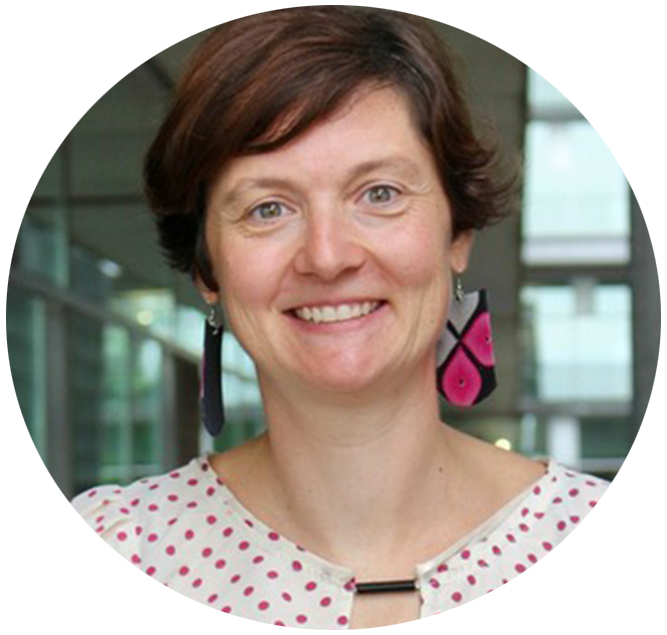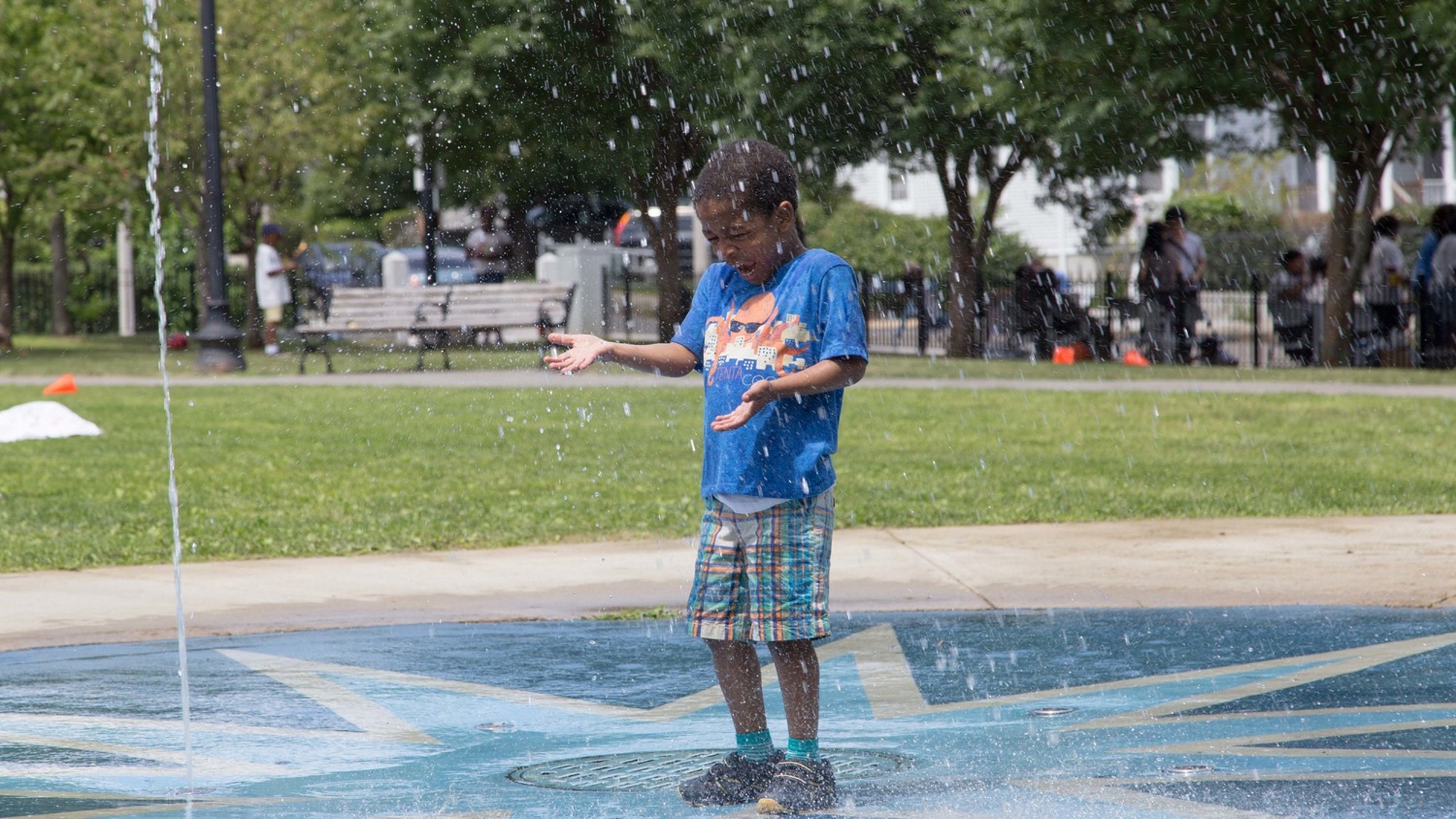It has been shown that in cities, exposure to urban green space and nature is associated with improved physical and mental health, so environmental epidemiologists call for future cities to be green, active, social and healthy. Yet, so far, the social and racial distribution of these improved health outcomes linked to urban green spaces has not been measured. Who does the new green city truly benefit?
In urban planning, researchers talk about green or ecological gentrification to characterise the process where land “greening” is associated with land speculation, displacement, and exclusion, changing the demographic and real estate characteristics of a neighbourhood in favour of wealthier and generally whiter residents who can afford increased housing prices. For instance, a 2016 pilot study by the Barcelona Lab for Urban Environmental Justice and Sustainability found that, indeed, several parks in the Sant Martí district of Barcelona, including the Poblenou and the Port Olímpic parks, generated strong green gentrification from 1990 to 2008. The area immediately surrounding the Port Olímpic and Poblenou parks saw an increase in family income of around 25% over five years, compared to a 3% increase in the Sant Martí district as a whole over the same time period.
So the question is, do the positive impacts of green spaces on health, wellbeing, and social cohesion benefit all residents – or do they result in privileged enclaves of green luxury for a few? The difficulty of achieving equitable green and healthy cities demands a transformation in urban environmental planning practices, including tighter connections and commitments to public and social housing, funds for community wealth creation projects, community land trusts, and even municipal financing reforms. Only through equity-driven planning can we build healthy, green cities for all.







